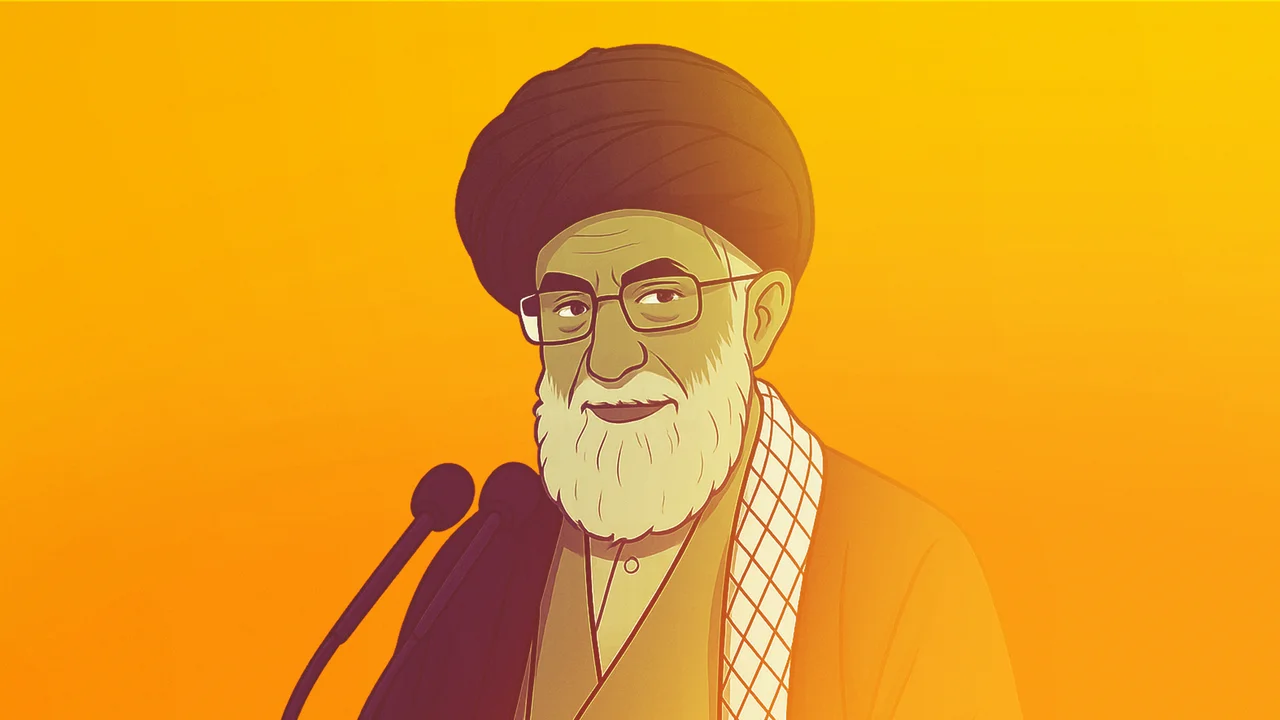The Drastic Increase of Divorce Rates in Iran: nearly one in three marriages lead to divorce
The number of Iranians getting divorced are on the rise, according to the latest data from the country's Statistics Center.
While the number of marriages in Iran, too, increased during the period between 2019 and 2020 by 4.4%, reaching 556,731 cases, the divorce rates rose by 3.6%, reaching 183,193 cases.
This means that in 2020, for every 100 registered marriages, 32.9 divorces occurred.
According to the statistics reported in Iran's Report on the Social and Cultural Status, published in the fall of 2020, some 51,270 marriages that ended in divorce lasted between one to five years.
Furthermore, 11,715 marriages ended in divorce in just one year. On the other hand, 7,809 marriages of around 29 years were terminated.
In the 2020 report, neither a complete national nor a granular provincial marriage and divorce data has been published therefore data on this topic had to be sourced from other reports.
The latest statistical report on Iran’s divorce and marriage, categorized by province, is related to the first half of last year. This information was taken from the Civil Registration Organization of Iran’s website. This article analyzes this data.
The highest number of marriages, in the first half of 2020, happened in Tehran. During this period, 34,451 marriages were recorded in this province while the lowest number of marriages, namely 1,914 marriages, was recorded in the same period in Semnan province.
The highest number of divorces, in the first half of 2020, was recorded in the Tehran province. During this period, 15,303 divorces were recorded.
Ilam province has the lowest number of divorces, in the same time period, which was 388 cases.
The numerical quantity of marriage and divorce cases is not a good basis for comparison because of the population differences between provinces. Accurate and proportional comparison requires careful consideration of the province’s population that are being compared.
Adding the population variable to this data changes some of the provincial marriage and divorce rankings.
Link
For example, when considering the population, the province with the highest number of marriages changes to North Khorasan province. Also, the province with the lowest number of marriages changes to Alborz.
Semnan and Qom provinces are among the provinces that, even considering the population, still maintain their position among the lowest number of recorded marriages.
When we consider population, the provinces of Tehran and Khorasan Razavi lose their lead, meaning that, in the first half of last year, per capita marriage in these provinces was actually lower than in other provinces.
A noteworthy point is the very close similarity of provincial marriage and divorce numbers, which, sometimes, differ only by a few thousandths of a percent.
Link
Divorce numbers follow the same pattern as the marriage numbers when the population is considered. Ardabil province has the highest while the Sistan and Baluchestan provinces have the lowest per capita divorce numbers.
The provinces of Ilam, Semnan, and Chaharmahal and Bakhtiari, held their low divorce rankings even after adding the population variable.
Provinces of Mazandaran and East Azerbaijan are among the provinces in which both the absolute and the relative number of divorces are high.
Comparing the absolute marriage and divorce numbers to the population gives us per capita quantification which provides us with a better evaluation viewpoint.
Another ratio, which provides us with a proportional, homogeneous, and meaningful comparison point, is "the divorce to marriage ratio" which is independent of the provincial population. This number shows that out of every 100 marriages recorded in each province, how many divorces have occurred.
Link
Iran’s average divorce-to-marriage ratio, in the first half of last year, was 28.7%. Alborz province, with 46.1%, and Sistan and Baluchestan, with 6.5%, had the highest and lowest divorce-to-marriage ratios, respectively, in the same time period.
Among the provinces of Iran that had the highest divorce-to-marriage ratio, Mazandaran and Gilan also had some of the highest divorces per capita rates. However, Tehran province still had the highest absolute number of divorces recorded during this period.
Among the provinces with the lowest divorce-to-marriage ratios are Sistan, Baluchestan, Chaharmahal, Bakhtiari, and Ilam, which were also among the provinces with the lowest per capita divorce rate.
Numerous causes can be presented as reasons for the high, or low, number of marriages and divorces. For example: their per capita, cultural differences, local traditions, levels of education, differences in religions and their practices, and societal characteristics. At the same time, the effect of economic issues on marriage and divorce rates is undeniable.
In 2018, Hassan Dargahi, an economist and professor at Shahid Beheshti University, Mojtaba Ghasemi, and Amin Biranvand conducted a study about “Economic and Social Factors Affecting Divorce in Iran”. They confirm that there is "a direct relationship between unemployment, inflation, and divorce rate.”
This study concluded that “based on the analysis of the social factors affecting divorce rate, higher education and employment of women reduces divorce rate. In other words, the employment of educated women in Iran has created stable families by reducing economic hardship.” This study has used statistical data from 2007 to 2015.
So, once again, let us consider the unemployment rate in Iranian provinces in 2020 and examine whether there is a significant relationship between the divorce rate and unemployment.
The provinces of Ilam and South Khorasan had the lowest unemployment rates. They also recorded the lowest divorce-to-marriage ratio. This confirms the inverse relationship between unemployment and the divorce rate.
Tehran province violates this relationship. The unemployment rate in Tehran province was low in 2020 but the divorce-to-marriage ratio was still high. Also, Chaharmahal and Bakhtiari have a high unemployment rate but one of the lowest divorce-to-marriage ratios.
It seems that more accurate data, such as gender-disaggregated unemployment rates, are needed to make a convincing conclusion about the relationship between unemployment and marriage and divorce rates. At the same time, culture, traditions, and indigenous or religious doctrines create such unbending characterizations around marriage and divorce that it may not be possible to easily explain the relationship between marriage and divorce and economic indicators.
This article was originally published in Persian (available here).



